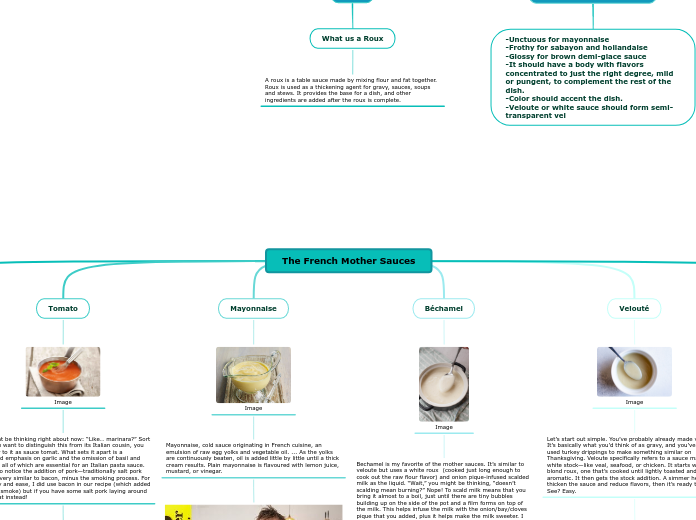по Makayla Cronsberry 4 лет назад
519
The French Mother Sauces
A roux, a mixture of flour and fat, is a foundational element in cooking, serving as a thickening agent for gravies, sauces, soups, and stews. It sets the stage for other ingredients to be added, creating a base for various dishes.









